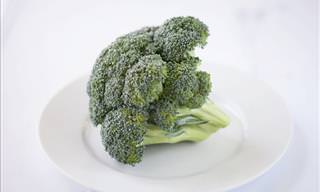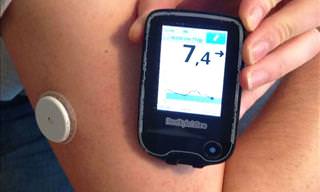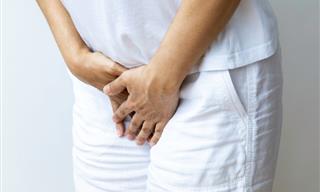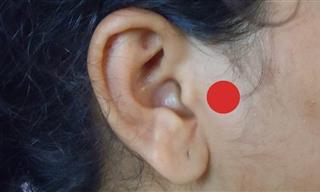This study is the first one ever to compare phthalate exposure in people who prefer dining out with those who would rather eat at home. According to the study, people who eat more home-made meals have phthalate levels which are around 35% lower than people who frequently visit restaurants, fast food joints, and cafeterias.
"This study suggests food prepared at home is less likely to contain high levels of phthalates, chemicals linked to fertility problems, pregnancy complications, and other health issues," says Ami Zota, ScD, MS, an assistant professor of environmental and occupational health at George Washington University's Milken Institute School of Public Health. "Our findings suggest that dining out may be an important and previously under-recognized source of exposure to phthalates for the U.S. population."

According to the lead author, Julia Varshavsky, PhD, MPH, "pregnant women, children, and teens are more vulnerable to the toxic effects of hormone-disrupting chemicals, so it's important to find ways to limit their exposures." She also recommended that "further studies should investigate the most effective interventions to remove phthalates from the food supply."
One of Zota's previous studies showed that people who ate a lot of fast food had 40% more phthalates in their bodies than people who rarely eat such food. However, the latest study looks at eating out in a much broader sense, and also includes what many people consider to be 'good restaurants'.
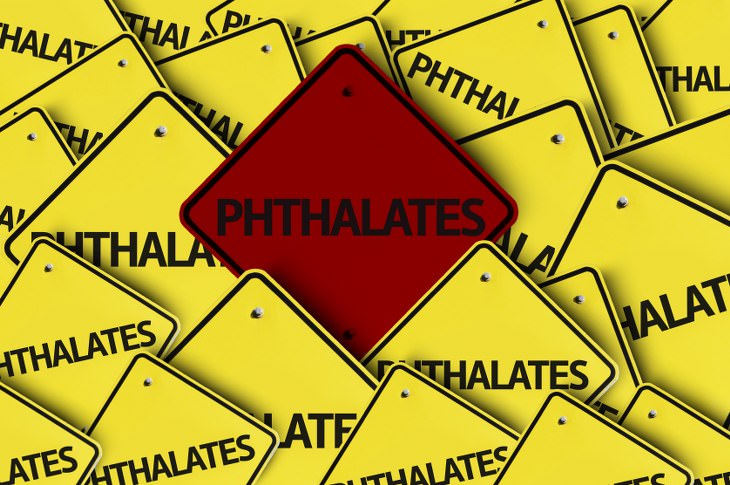
The researchers used a method known as cumulative phthalate exposure to assess the real-world exposure risk of multiple phthalates, which takes into account the relative toxicity of each type of phthalate. There are plenty of products which are known to contain phthalates, such as food processing equipment, takeaway containers, or even the gloves used by food handlers. Earlier research has also shown that such chemicals frequently leach off from wrapping and containers onto the food itself.
Home-cooked meals may be the best way to limit being exposed to these nasty chemicals. "Preparing food at home may represent a win-win for consumers," says Zota. "Home-cooked meals can be a good way to reduce sugar, unhealthy fats and salt. And this study suggests it may not have as many harmful phthalates as a restaurant meal."
 Go to BabaMail
Go to BabaMail






